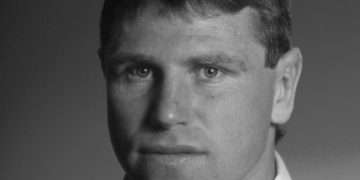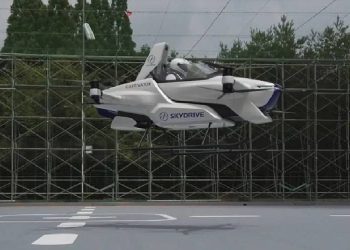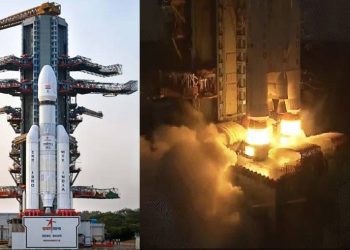Science and technology are constantly reaching new heights. Especially in medical science new discoveries are being made every day which are proving to be very helpful for both patients and doctors. Two such new technologies are currently in the news that allow people to see for themselves what is happening inside their bodies. Chinese researchers in collaboration with Northwestern University have developed a unique crystal camera. The camera is made of perovskite crystal and is exceptionally fast at capturing gamma rays. Gamma rays are used in medical science for certain types of tests and scanning.
With this crystal camera, doctors can easily see heart beat, blood flow and hidden diseases inside the body. This means that information about what is happening inside the patient's body will now be available more accurately and quickly. This technology will make tests like SPECT scans more advanced and reliable. Researchers believe that this technology will prove to be very helpful for doctors in detecting serious diseases like cancer and heart disease in the future.
Medical revolution in Delhi
A new revolution has come in the world of medical science in Delhi, the capital of the country. Patients at Safdarjung Hospital and Vardhaman Mahaveer Medical College now have the ability to see their bodies in 3D. To achieve this, an advanced machine called Anatomage Table has been installed in the hospital. This table converts CT and MRI scans of any patient into a digital 3D model. This means patients can now see their heart, bones and tissues in a realistic 3D image. Safdarjung Hospital Director Dr. Sandeep Bansal says the technology will help patients better understand their disease and treatment. They will be able to clearly see what the doctors are saying before the operation and the fear they may feel will be significantly reduced.
This technology is also a game-changer for doctors. Surgeons can now practice virtually before entering the operating room. They can see in advance where to cut and what complications they may face. This will reduce the risk of surgery and increase the patient's chances of survival. Radiologists can also use this technology to view a patient's disease progression in 3D and create a more accurate treatment plan. This will make both diagnosis and treatment more advanced and accurate.
Advantage for medical students
Not only this but this technology is also very beneficial for medical students. They can perform virtual dissection on digital cadaver bodies. This will help them understand each level of the body easily. Students will also be able to learn about rare diseases through this virtual technology that they often don't get a chance to see during their studies. This means that medical education will now improve even without cadavers. Explaining the importance of this technology, a senior doctor said that now patients will not only be treated but also become active partners with doctors in understanding their disease and making decisions.































